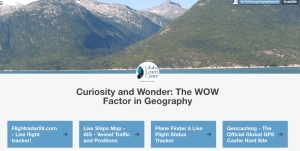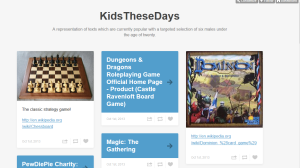This final blog post is a combination of information about using social media for professional learning and resource collection, as well as links to resources for teachers to use, which have been collected using social media tools.
Firstly, I’d like to take you through some information outlining the benefits of using social media tools for professional learning. Although the video below was uploaded in 2010, I think it gives a good understanding of the benefits of developing a Personal Learning Network (PLN) and the practicalities. A PLN is simply a fancy term for developing a network to enable an educator to keep in touch with people, organisations and resources that enhance their teaching.
http://www.educatorstechnology.com/2012/11/teacher-tutorial-on-creating-personal.html
Unsurprisingly, I found information on the topic of using social media for professional learning written by Kay Cantwell, the ResourceLink Teacher Librarian. Kay is a prolific writer, researcher, reader and blogger. She is often on the cutting-edge of educational trends, particularly in the area of digital learning. In 2011 she wrote this piece on how social media can enhance schools as professional learning communities.
Kay also wrote on this subject in the SCIS online journal in 2012.
The important distinction to make here is that the purpose of this network-forming and resource collection is for teachers, not students. In other words, the material is collected for teachers (they are the audience), who then decide how it is to be used in the classroom context.
Next, I will outline the various social media tools used to support the work of teachers who wish to embed global perspectives in their classrooms. These tools include a website, Facebook page, Twitter account, Scoop.it!, Tumblr and Pintrest pages. The aim of this wide social media presence is to deliver content in as many platforms as possible, to satisfy the varied needs and interests of teachers.
WEBSITE
The purpose of the website is to make information about the organisation available in a static form. Changes are rarely made to this site. Two-way communication is not possible.
The Global Learning Centre website
The Facebook page provides a more dynamic interface, with the opportunity to post content or information for educators to use. Two-way communication is possible through posts. Educators are able to suggest resources, which can be reviewed by the organisation.
The Global Learning Centre Facebook Page
A Twitter account provides the opportunity to create short posts on current topics of interest, as well as the ability to create hashtags for professional learning days and conference proceedings.
The Global Learning Centre on Twitter
SCOOP.IT!
Scoop.it! pages have been trialled and are currently used in two ways. One way is the collection of websites on broad topics. The other way is the collection of websites on specific topics. We’ve found that Scoop.it! works best for the collection and curation of materials for broad topics or subject areas, rather than for specific topics.
TUMBLR.
Tumblr. has been used successfully to collect resources on specific topics. We’ve found Tumblr. to be the easiest and most effective way to collect resources for the purpose of providing resources for educators.
The Global Learning Centre on Tumblr.
Athough Pinterest has an appealing interface, we have found that it is not as useful as other platforms in collecting websites, images and quotes which are useful for educators.
Would you find these social media tools helpful as an educator? What are the advantages and disadvantages to using these tools?

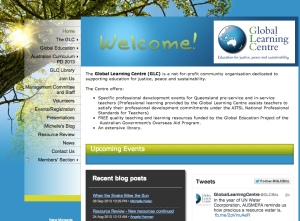
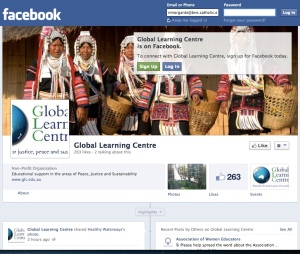
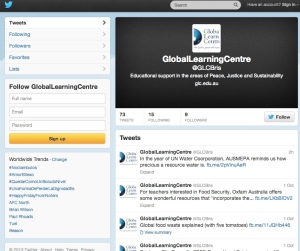
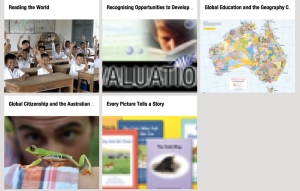
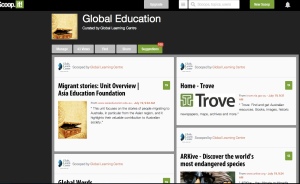 Scoop.it! Account number 2
Scoop.it! Account number 2